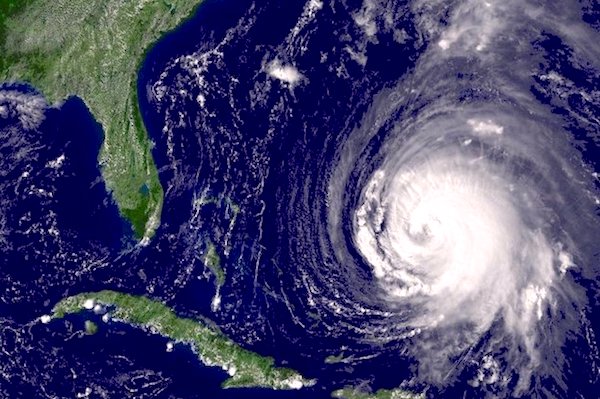SEBASTIAN – The last thing people want to hear in Sebastian or Vero Beach is that the Atlantic hurricane season in 2017 is predicted to be “above-normal” by National Oceanic and Atmospheric Administration’s (NOAA) Climate Prediction Center.
Last month, we wrote an article that revealed a “quiet season” for the 2017 Atlantic hurricane season based on storm experts from AccuWeather and Colorado State University.
Their reason for a “slower than normal” season was because of El Nino, which is expected to arrive sometime during the summer and will continue through November.
However, NOAA says that it’s expecting a weak or nonexistent El Nino and near- or above-average sea-surface temperatures in the Atlantic Ocean and the Caribbean Sea.
NOAA predicts between two and four major hurricanes in 2017. There’s only a 20 percent chance that this season will be less active than normal, according to the agency.
While the official Atlantic hurricane season begins June 1, a storm named Arlene already hit land last month.
NOAA says it expects between 11 and 17 named storms with sustained winds of 39 mph or higher, and from five to nine hurricanes with winds of 74 mph or higher this season.
“The season could be comparable to last year, which was the most active since 2012 with 15 named storms,” said Gerry Bell, the lead seasonal hurricane forecaster with NOAA’s Climate Prediction Center.
Toward the end of the 2016 hurricane season, Hurricane Matthew reached Category 5 status near Indian River County as it passed Vero Beach and Sebastian. The storm brought destruction and flooding to an area that ranged from Haiti to the Carolinas and beyond.
The agency does admit that there’s “considerable uncertainty” about hurricane storm conditions this season.
Here’s the list of 21 names that will be given to strong storms this year by list is managed by the World Meteorological Organization):
- Arlene
- Bret
- Cindy
- Don
- Emily
- Franklin
- Gert
- Harvey
- Irma
- Jose
- Katia
- Lee
- Maria
- Nate
- Ophelia
- Philippe
- Rina
- Sean
- Tammy
- Vince
- Whitney
